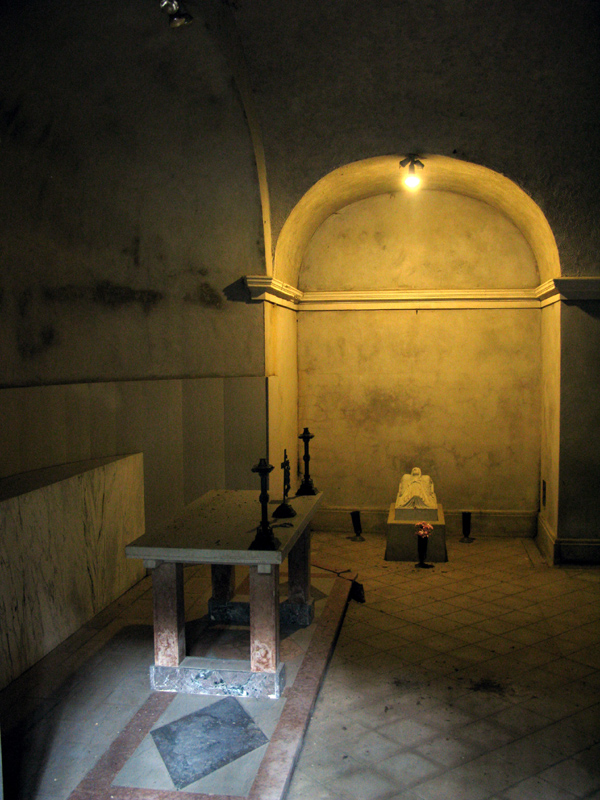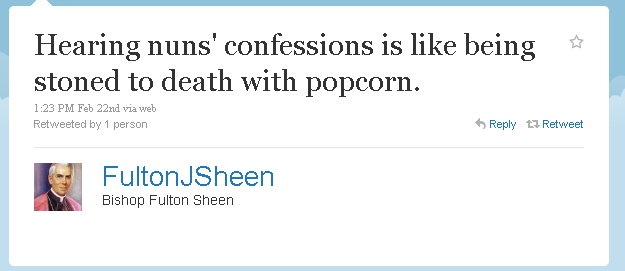Searching for my post on taking NFP classes while on the pill? Check here.
The post below was written in response to NFP proponents who were suggesting that one should use NFP even if on the pill. It isn’t especially helpful for the average person.
. . .
In the summer of 2007 I asked my fiancé which type of NFP class he wanted to take. He had already read Weschler’s Taking Charge of Your Fertility , so I was not concerned that he was ignorant about fertility awareness, but I figured that before we got married he should understand how my body worked. I was not about to just hand him my charts and tell him to figure it out for himself, and I thought it crucial that I not be the fertility “authority” in our relationship; so we needed to take some sort of NFP class together.
, so I was not concerned that he was ignorant about fertility awareness, but I figured that before we got married he should understand how my body worked. I was not about to just hand him my charts and tell him to figure it out for himself, and I thought it crucial that I not be the fertility “authority” in our relationship; so we needed to take some sort of NFP class together.
We did not have a specific wedding date in mind, and had not even contacted a parish to start the 6-month required wait. But time was running out. My body was failing me. I was in constant pain, and the transition between menstrual cycles had turned into a week where I could barely function. I no longer went to mass daily, and it had gotten to the point where going to Sunday mass at the “wrong” time of the month meant not only vomiting from incredible pain, but risking being stuck at church because I might be incapable of driving home.
There was no doubt in my mind that the right thing for me to do was to finish college, and there were too many days when it was impossible for me to get to class. The only solution was to start hormonal contraceptives.
But hormonal contraceptives such as the pill work by shutting down a woman’s fertility cycle. They suppress ovulation and the “regular bleeding” that women find so comforting is only a symptom of hormonal withdrawal, not actual menstruation.
I knew that once I was on the pill there would be no way that Josh could learn about my fertility cycle. Once I started the pill my fertility cycle would be nonexistent. The only thing left to know about my “cycle” would be whether or not I was taking hormones continuously. And that was not the incredible reality of my body that I wanted Josh to be able to understand.
So we needed to find an NFP class, and we needed to take it ASAP.
And we did.
We talked with our amazingly knowledgeable NFP instructor about the possibility of endometriosis and I decided to have surgery to determine the cause of my pain, and remove the problem if possible. I was pessimistic about the surgery solving my problems. My doctor warned me that even microscopic endometriosis can cause pain and you can’t just remove every possible place where there is any chance of invisible endometriosis. Even the expert sources to which our NFP instructor referred me just made me feel worse. As they say “As good as laparoscopic electrosurgical excision of endometriosis is, it will not treat pain caused by other things” (source) and I had no proof that my chronic pelvic pain was actually from endometriosis.
But I felt that, as unreasonable as it was, I had to have surgery. I needed to know if endometriosis was actually the cause of my pain, and I needed to try everything before I gave in and finally started the hormonal treatment my body so desperately needed.
From a fertility perspective, the surgery was excellent. The surgeon confirmed endometriosis and removed all that was visible, except for a spot on one ovary. Perhaps because I was so young, my doctor was concerned about preserving fertility and did not think it worth the risk to my ovary to remove something which was not hindering ovulation.
I was upset that my doctor had prioritized fertility over pain management. After all, I would have eagerly agreed to trade half of my baby-making-ability in exchange for the ability to actually live my life! Yet my doctor was pleased to inform me that everything looked excellent from a reproductive prospective.
And then my doctor told me to start taking the pill.
She did not expect me to try to get pregnant immediately, and I needed to suppress ovulation in order to prevent the endometriosis from growing and causing more damage in the future.
I knew that my doctor was focused on preserving my fertility and that I should appreciate that, but I was extremely disappointed in her care. I did not want to go on the pill to preserve my future fertility at the cost of shutting down my natural cycle.
I felt the full weight of the irony of what I did next. I chose to ignore the importance of protecting my fertility in order to avoid the pill that I so loathed. I decided to give my body a chance to function without the pill now that most of the endometriosis was gone. Sure, it might mean that I would never have the option of having biological children, but my hatred and fear of the pill was irrational.
It did not work. My next few cycles were miserable. I only got through exams because I saved the painkillers given to me for surgical recovery and used them instead for the days where I had to go to class but could not because of the debilitating pain.
But opioids did not seem like a long-term solution, and I had no intention of taking them as frequently as I would have needed to, even if I was fine with their hazy cost of living without pain.
I started hormonal contraceptives.
And then I went to my final NFP class, wryly thinking that I was the one person who could find a way to “fail” NFP without even having sex!
My instructor was wonderfully kind and interested to see the chart which I had continued to keep both because I felt obligated to go through the motions of charting, and because I was also curious to see precisely how it would look. But it only took the instructor a quick glance to see that there was nothing to see on my chart. It showed continuous low-quality cervical fluid and high temperatures, almost as if I were pregnant. There was no change except for the hormonal withdrawal week, and I tried to shorten by a few days each month.
It was quickly clear that, as I had known all along, it was not possible to chart fertility while pumping one’s body full of artificial hormones. The only thing to chart was evidence of my infertility, and as the instructor saw in one glance, that was pointless.
I certainly was not going to ask Josh to keep careful track of my lack of fertility cycle, so I replaced charting with a simple reminder on my calender for each break week from the hormones.
My break from charting did not last long. By June I believed that maybe God wanted me to suffer, and I did not think that working and preparing for marriage was a good enough reason to justify my desire to live without debilitating pain.
I was one of the lucky ones with a body that started preparing to ovulate as soon as I stopped the hormones. As always, I could feel the pain of the hormonal withdrawal within hours, and note the difference in fertility as soon as the typical week off was over.
And this is why I am confounded when people talk about practicing NFP while on hormonal contraceptives. I wonder if they do not know how NFP works, or if they simply mean that one should still schedule periodic abstinence that has no connection to one’s fertility (or, rather, infertility as is the case when on ovulation suppressing hormones).
I do accept the Church’s longstanding tradition that times of sexual abstinence are an important part of a virtuous marriage. But sexual abstinence is not the same thing as NFP.
Some couples may want to schedule a regular time of abstinence in order to keep from boredom or else to compensate for the reduced libido which is a common side-effect of hormonal contraceptives.
But many women who need hormonal contraceptives for health purposes will still experience some degree of pain or discomfort with sex, even while on the pill. For such couples it seems absurd to prescribe even more abstinence than what their marriage must naturally endure.
If one is interested in abstinence for the sake of holiness, then it seems clear that one should start with abstinence dictated by the Church’s liturgical cycle rather than a nonexistent fertility cycle. And if a couple is abstaining in accord with the Church’s penitential days, then I have no doubt that they will be able to discern whether they will benefit from further abstinence designed to mimic the use of NFP for avoiding pregnancy.
Regardless of what a couple may choose, scheduling abstinence while on hormonal contraceptives can never be NFP, because the basis for NFP–the fertility cycle itself–is suppressed.






